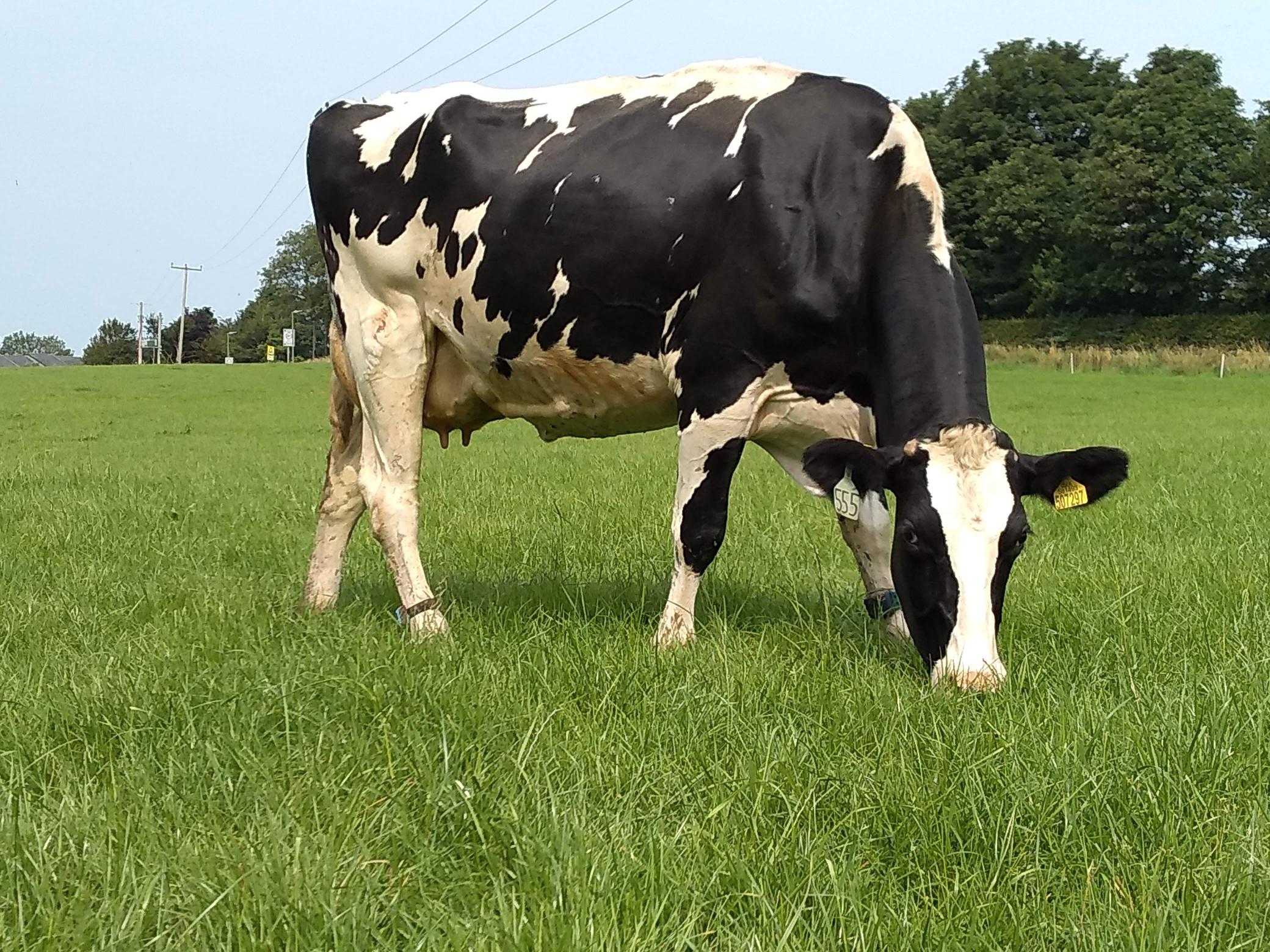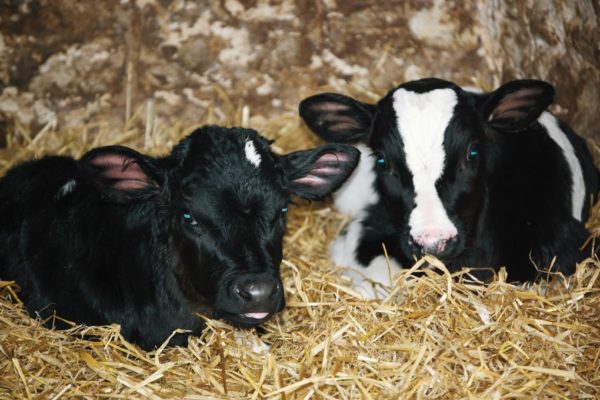Maximising Milk from Forage
6 November 2024Ensuring that your dairy rations maximise the feed value available in your silage and other conserved forages can make significant savings in purchased feed costs.
On grazing farms, the quality of grass and grazing infrastructure has the most significant impact on dry matter intakes by increasing the time the cows have to eat and the energy consumed in that time period.
| Grazing hours | Dry matter intake (Kg) | Energy intake (MJ) | Predicted milk yield (l) |
|---|---|---|---|
| 10.8 | 15.5 | 200 | 25 |
| 9.4 | 13.5 | 175 | 20 |
| 8 | 11.5 | 150 | 15 |
| 6.6 | 9.5 | 125 | 10 |
| 4.2 | 7.5 | 100 | 4.2 |
The longer cows have to graze, the more dry matter they are able to consume and therefore the more milk they will produce. Factors which affect their ability to consume enough grass to achieve the target yields above are:
- Time available for grazing between milkings.
- Energy content of grass.
- Pasture covers on entry and exit from paddocks.
- The substitution effect of buffer and concentrate feeds which could suppress appetite at grass.
- Time of year (daylength).
When feeding rations to housed cows, yield potential from silages will vary depending on quality and again on dry matter intakes that can be achieved.
This table shows the yield potential based on the energy content of the silage and dry matter intake of that silage:
| Dry matter intake | 9.5ME silage | 10ME silage | 10.5ME silage | 11ME silage | 11.5ME silage |
|---|---|---|---|---|---|
| 9kg | 3 | 4 | 5 | 5 | 6 |
| 10kg | 5 | 6 | 7 | 8 | 8 |
| 11kg | 7 | 8 | 9 | 10 | 11 |
| 12kg | 8 | 9 | 11 | 12 | 13 |
| 13kg | 10 | 11 | 13 | 14 | 15 |
Factors which influence how much milk from forage can be achieved are:
- Making high quality forages will increase the energy and protein content, meaning that they require less supplementation with concentrates.
- If your farm is suitable then growing a mix of forages which complement each other will help drive dry matter intakes.
- Ensuring you have sufficient forage to provide a consistent ration throughout the feeding period.
- Ensuring feed is provided fresh daily and regularly pushed up to the barrier.
- Barrier space and design to allow adequate feed space and encourage shy cows/heifers to eat.
- Ration presentation e.g. dry matter of ration, chop length of forages, mixing accuracy etc.
The potential impact on your business
Data gathered from benchmarking figures across the UK show that there is a difference of over 3,000 litres in milk from forage from the top 10% to the bottom 25% of producers when ranked by this KPI.
| Top 10% | Top 25% | Average | Bottom 25% | |
|---|---|---|---|---|
| Yield (l) | 8,918 | 8,541 | 8,4441 | 8,698 |
| Yield from forage (l) | 4,731 | 3,928 | 2,691 | 1,351 |
| Conc. fed (kg/l) | 0.26 | 0.27 | 0.33 | 0.38 |
| Total purchased feed cost (ppl) | 9.52 | 10.02 | 12.02 | 14.26 |
Kingshay Dairy Costings Focus Report 2024
Perhaps the most striking element of this is how little variation there was in the average herd yield per cow despite the wide range in milk being produced from the forages available on the farm. When considering the impact that milk from forage has on the finances of the business, the purchased feed cost per litre for the top 10% compared with the average is 2.5ppl. Multiplied up over 1.75 million litres amounts to £43,750, which will have a significant impact on farm cashflow and profitability.
alison.clark@sac.co.uk; 01776 702649
Sign up to the FAS newsletter
Receive updates on news, events and publications from Scotland’s Farm Advisory Service
















